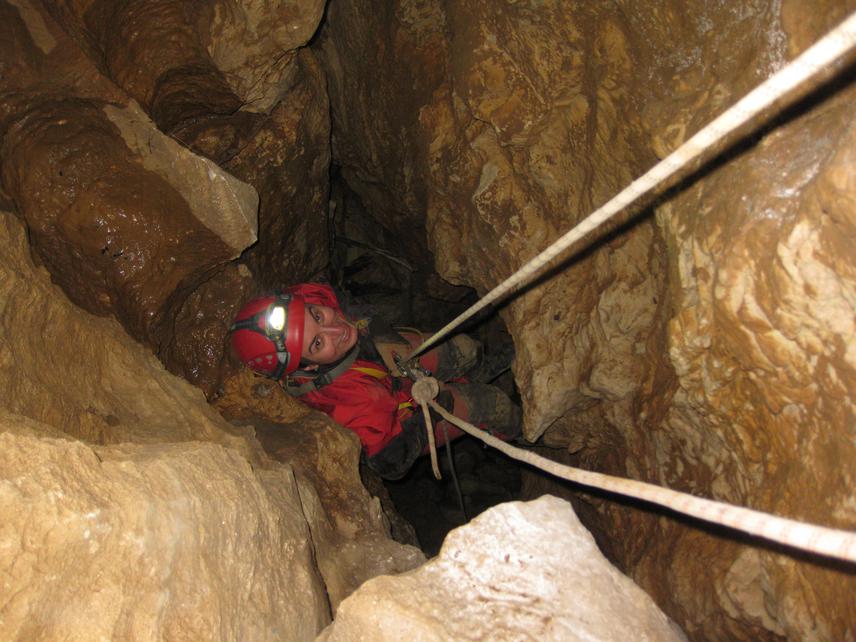Eter Maghradze
Cave-dwelling invertebrates in Sataplia-Tskaltubo karst massif, Imereti Region, Western Georgia are poorly investigated. Only 43% out of 49 known caves in the abovementioned karst massif are studied biologically. Eighteen (out of 105 recorded species) invertebrate species are endemics of this karst massif and 28 species are obligate cave dwellers from which only one beetle, Inotrechus kurnakovi, has conservation status - CR in the Georgian Red List yet and there is a high probability to discover many new species of cavernicolous invertebrates. In addition, knowledge about caves and cave-dwelling animals in Imereti region is very limited among local communities and consequently, there is increased anthropogenic pressure on caves within this region by means of pollution, quarrying, vandalism and touristic activities. Considering this, the project aims to investigate local karst caves biologically, brings to local people knowledge about the importance of caves, and education on the protection of local caves as ecosystems for subterranean animals to avoid future impoverishment of unique speleofauna.

Eter Maghardze is preparing to go down a vertical cave to collect invertebrates. © Lado Shavadze.
Our project will have five main outputs: 1. Research report about the list of the invertebrates species, their distribution, and threats will be prepared; 2. Evaluation of the impact of tourism activities on the subterranean biodiversity – Faunistic and ecological surveys will be conducted in four show caves: Prometheus, Sataplia I, Satsurblia, Tetra caves and their adjacent undisturbed caves to elucidate impact of tourism activities on the subterranean biodiversity; 3. Publication(s) about the new species description, biodiversity and conservational surveys will be published in the peer-reviewed journal(s); 4. Printed booklets, t-shirts and cups with cave invertebrates photos and logo of the RSGF will be disseminated between local people; 5. This small study will contribute and help the big future Conservation Action Plan and also encourage other group of researchers to do the same activities in the future.
Header: Stalagmites and stalactites in Prometheus Cave. © Eter Maghradze.